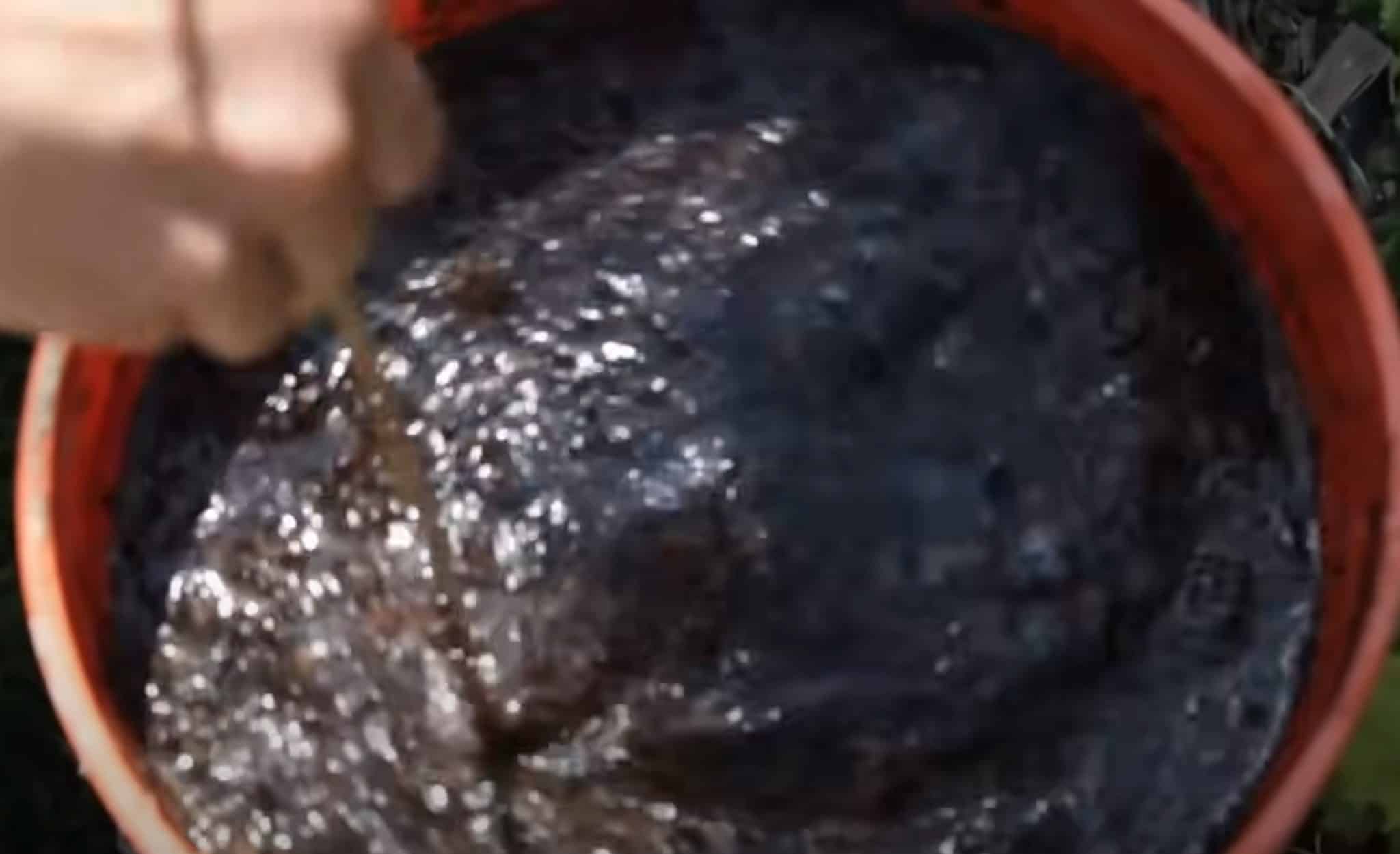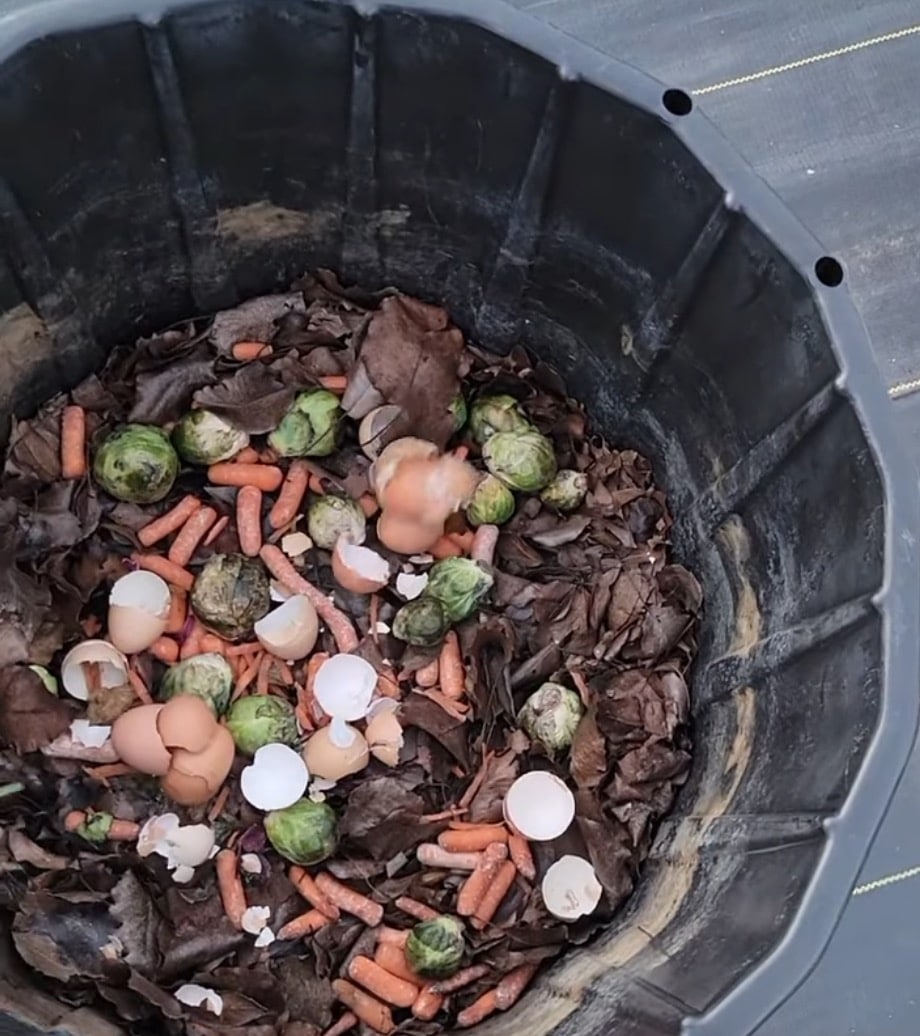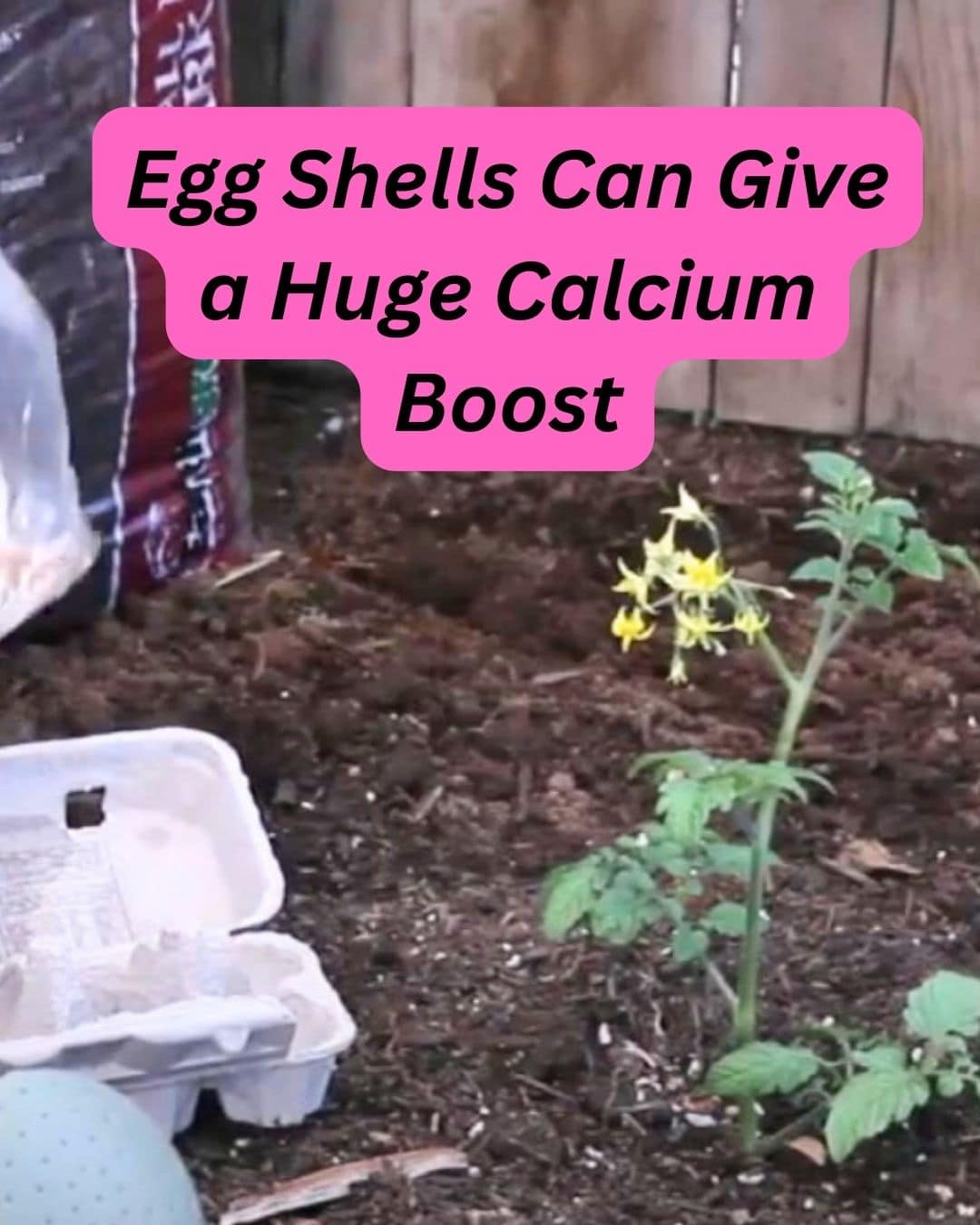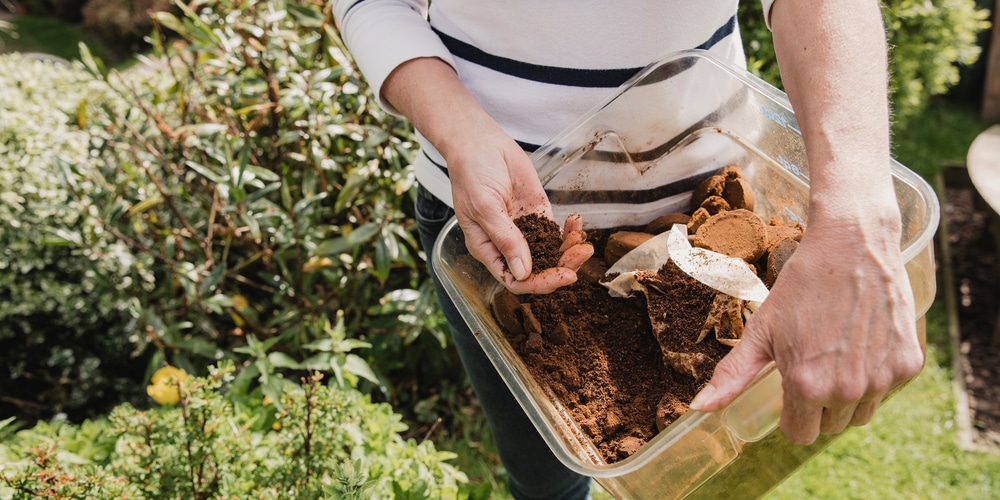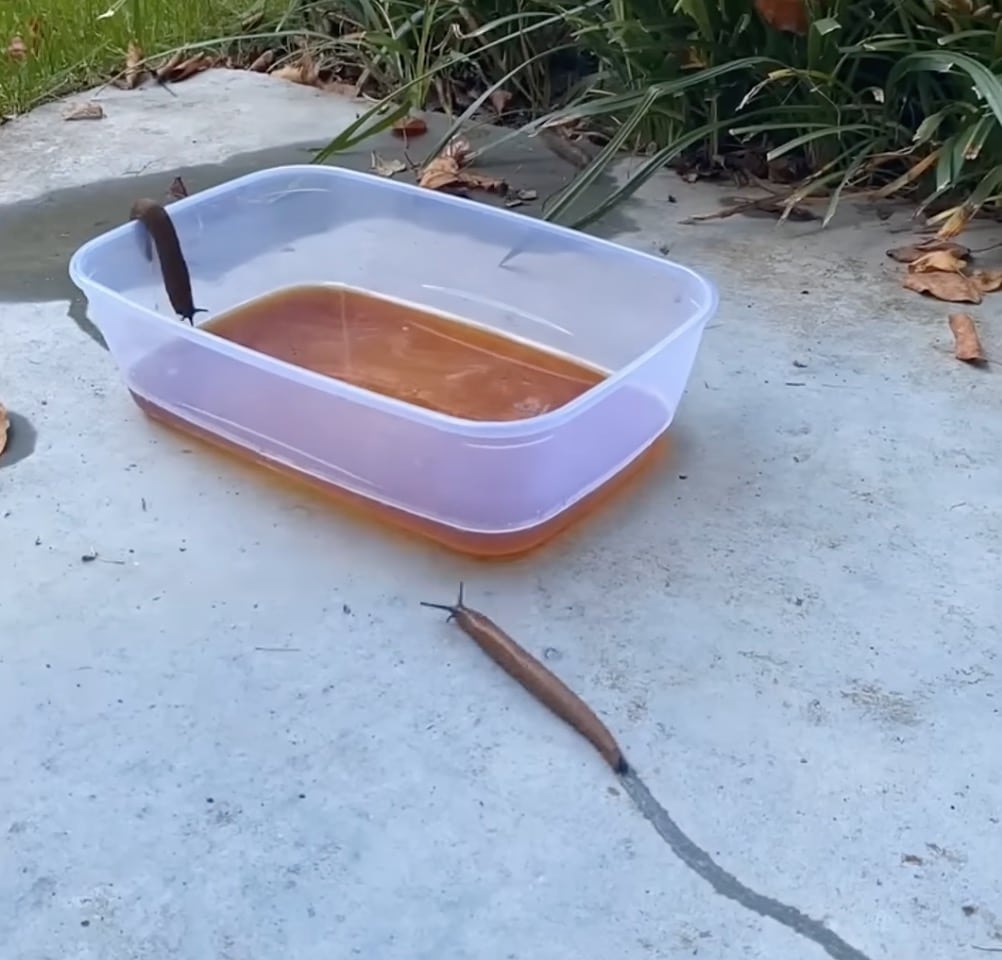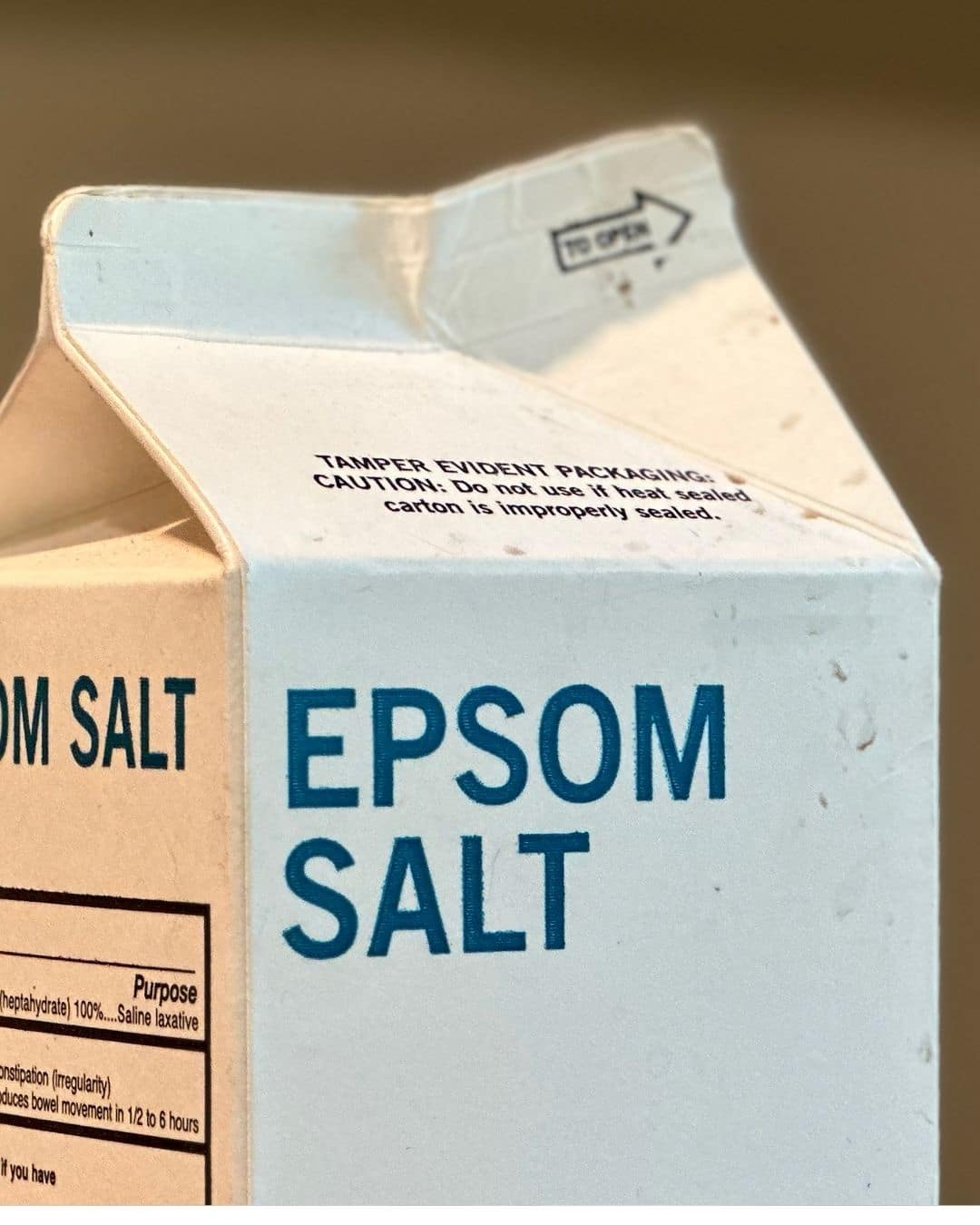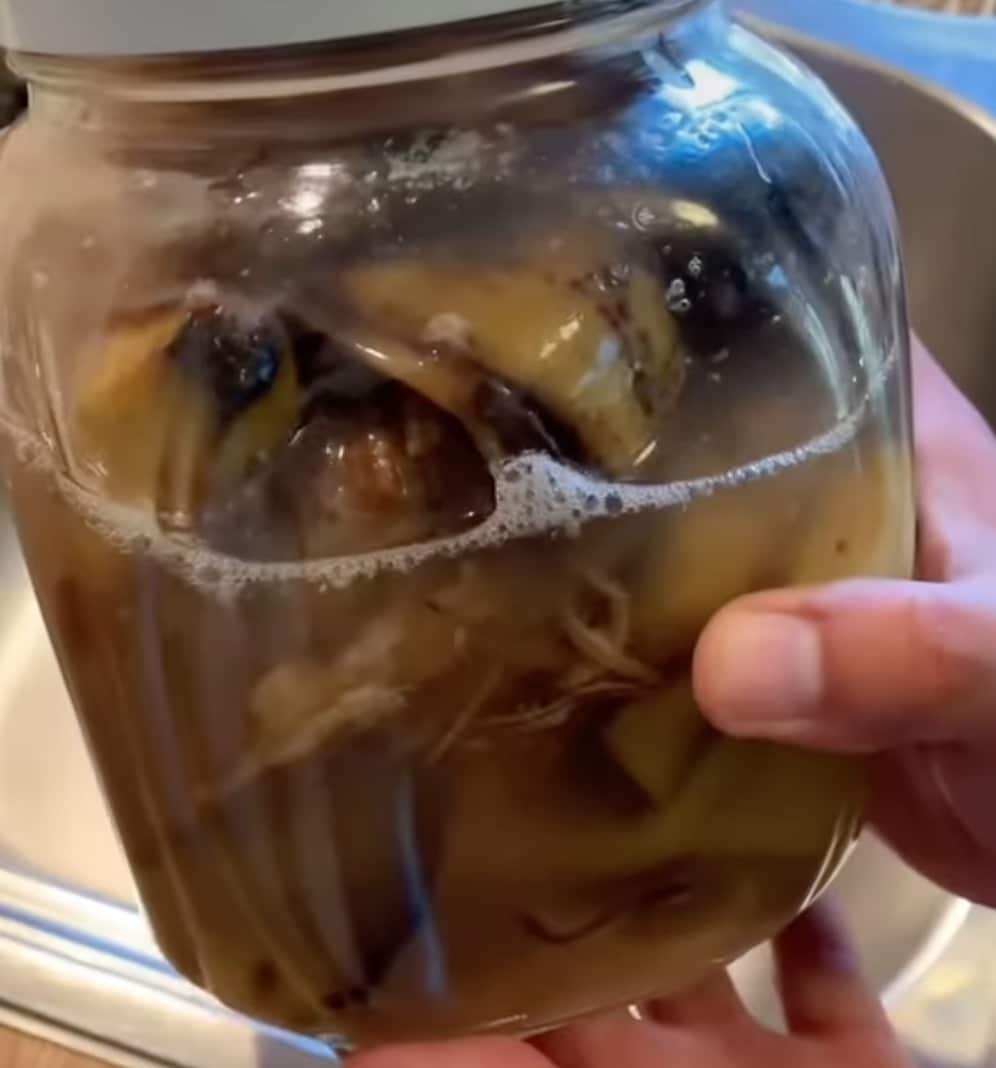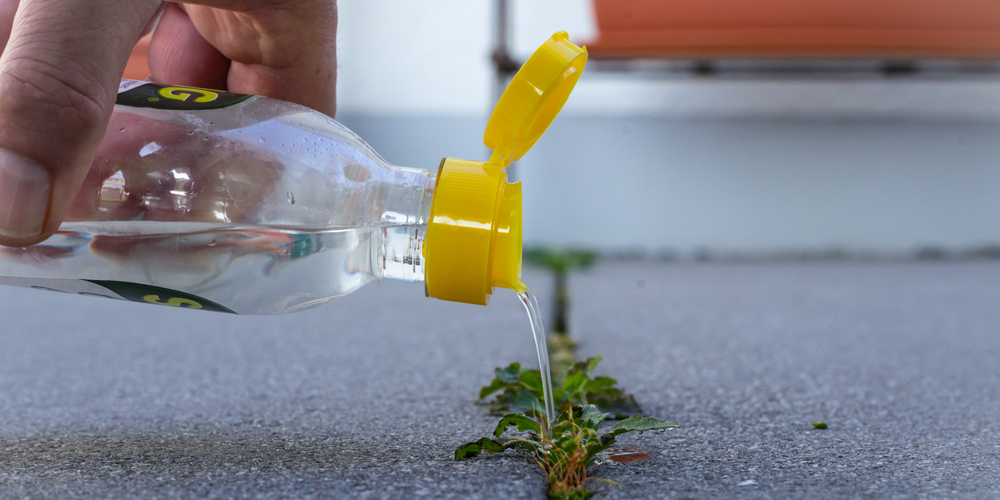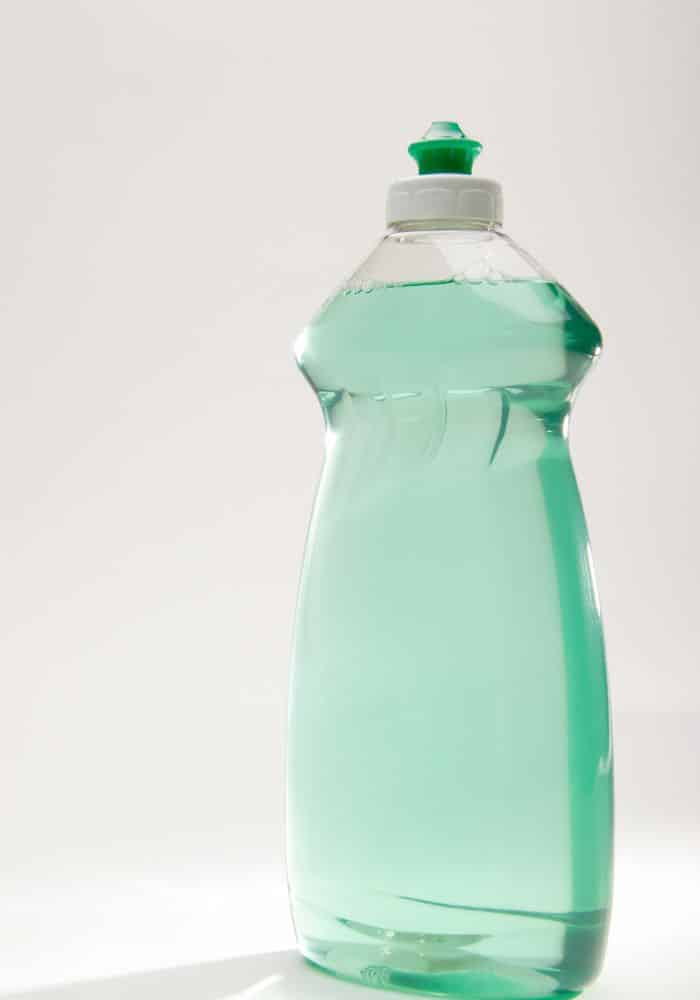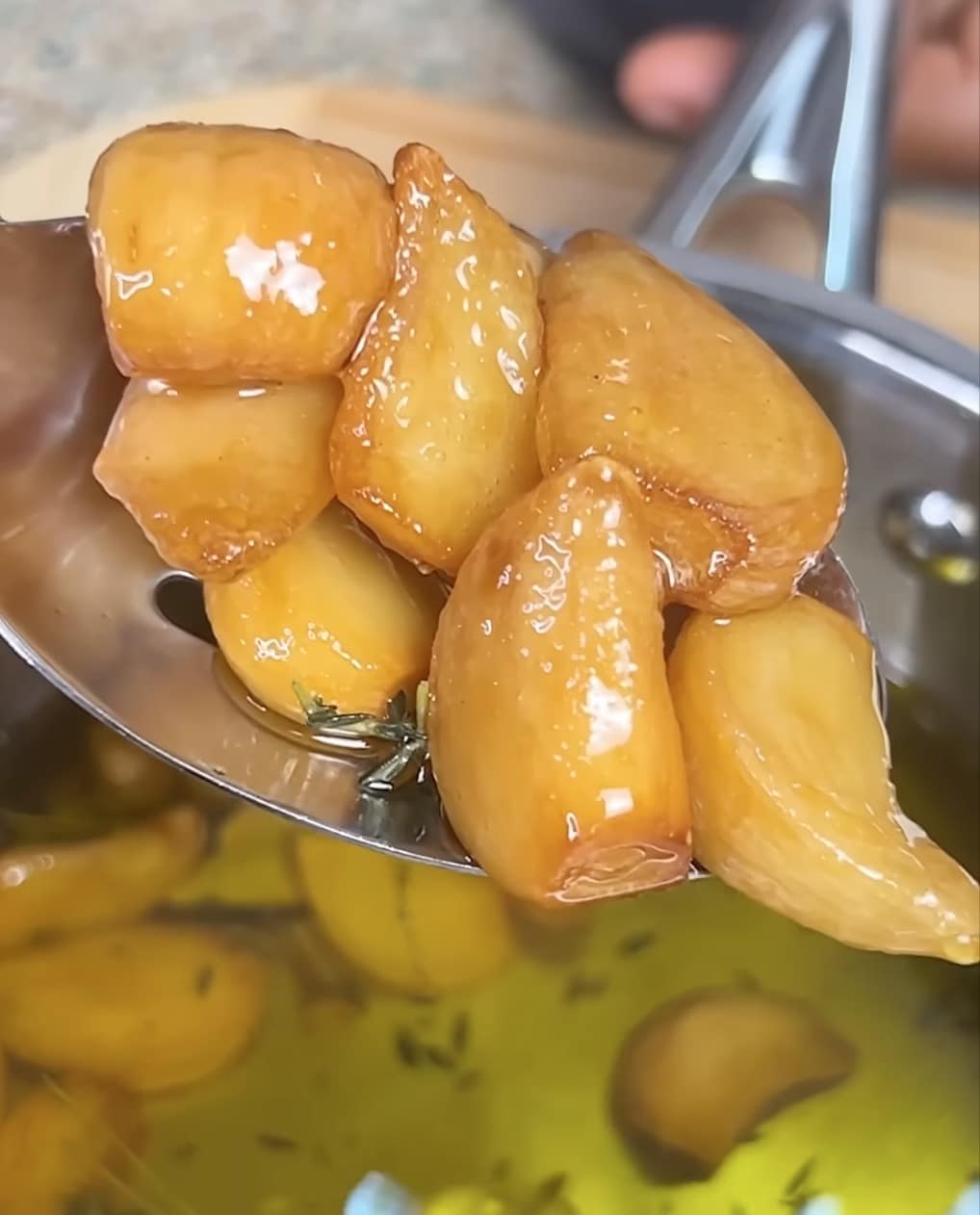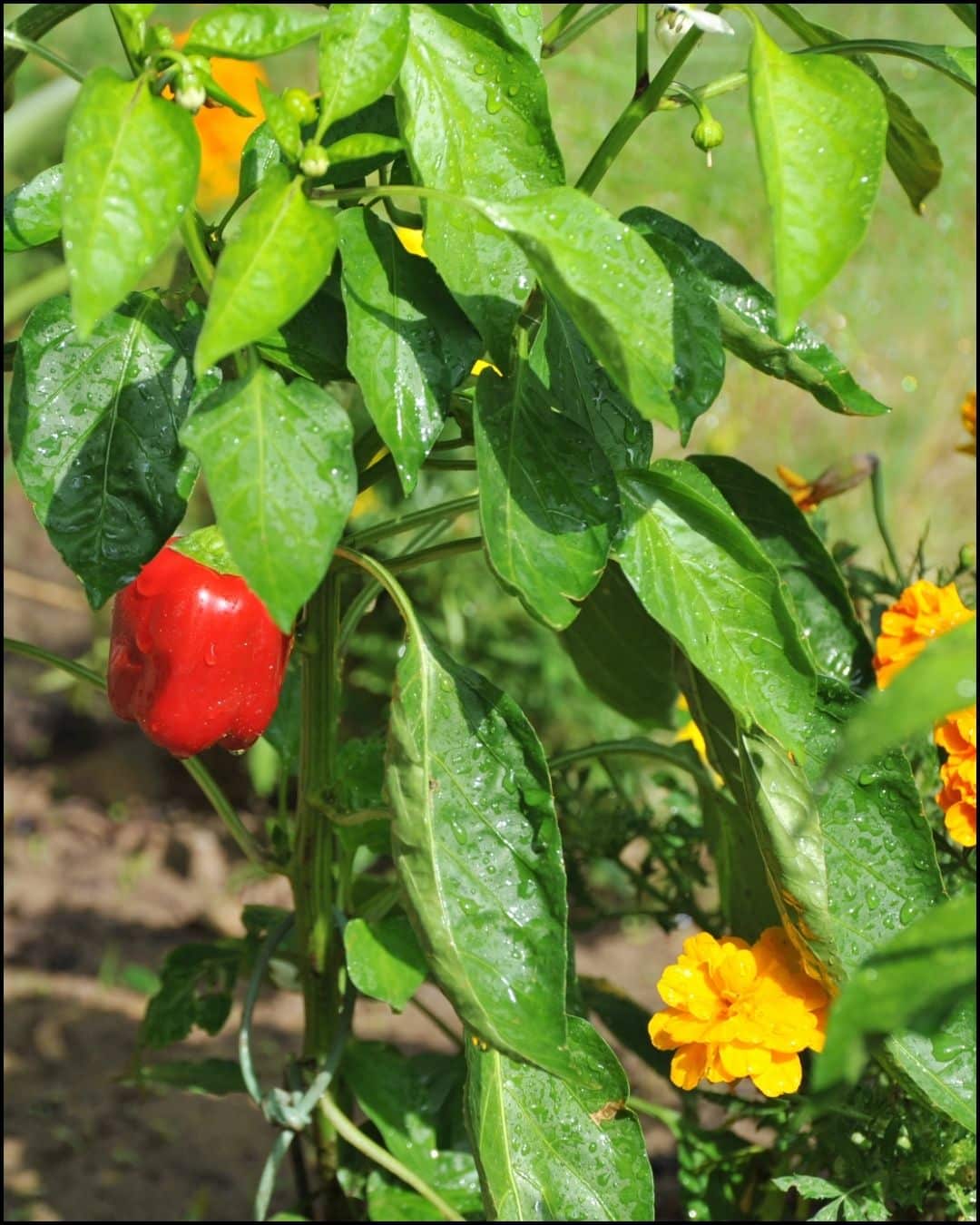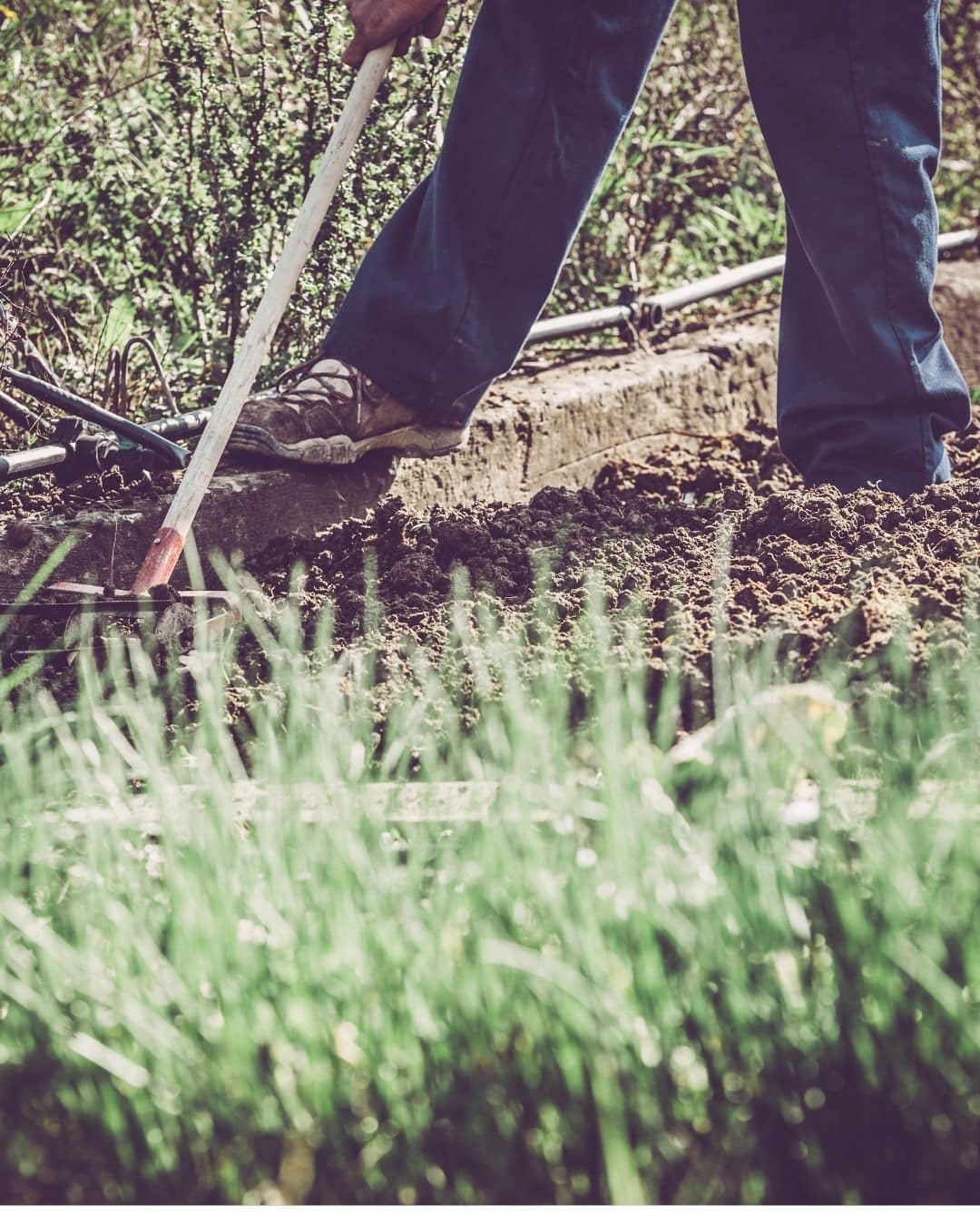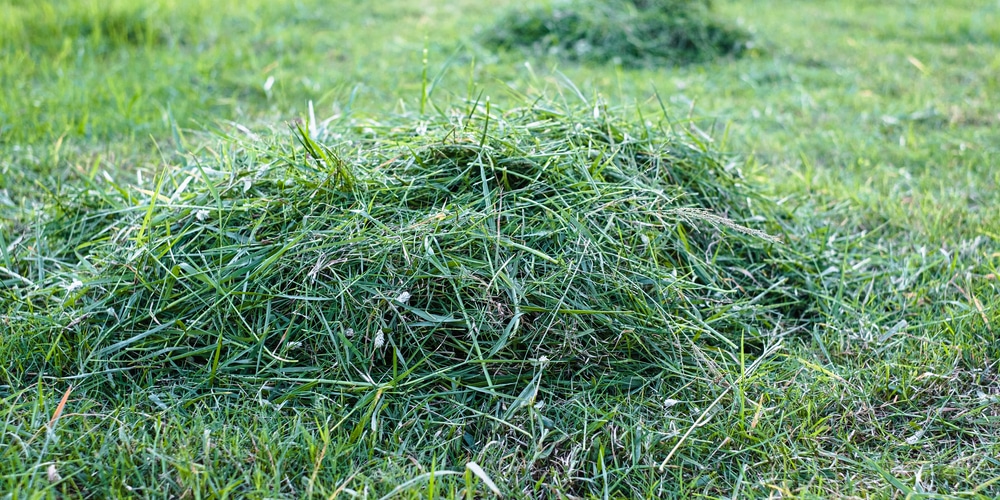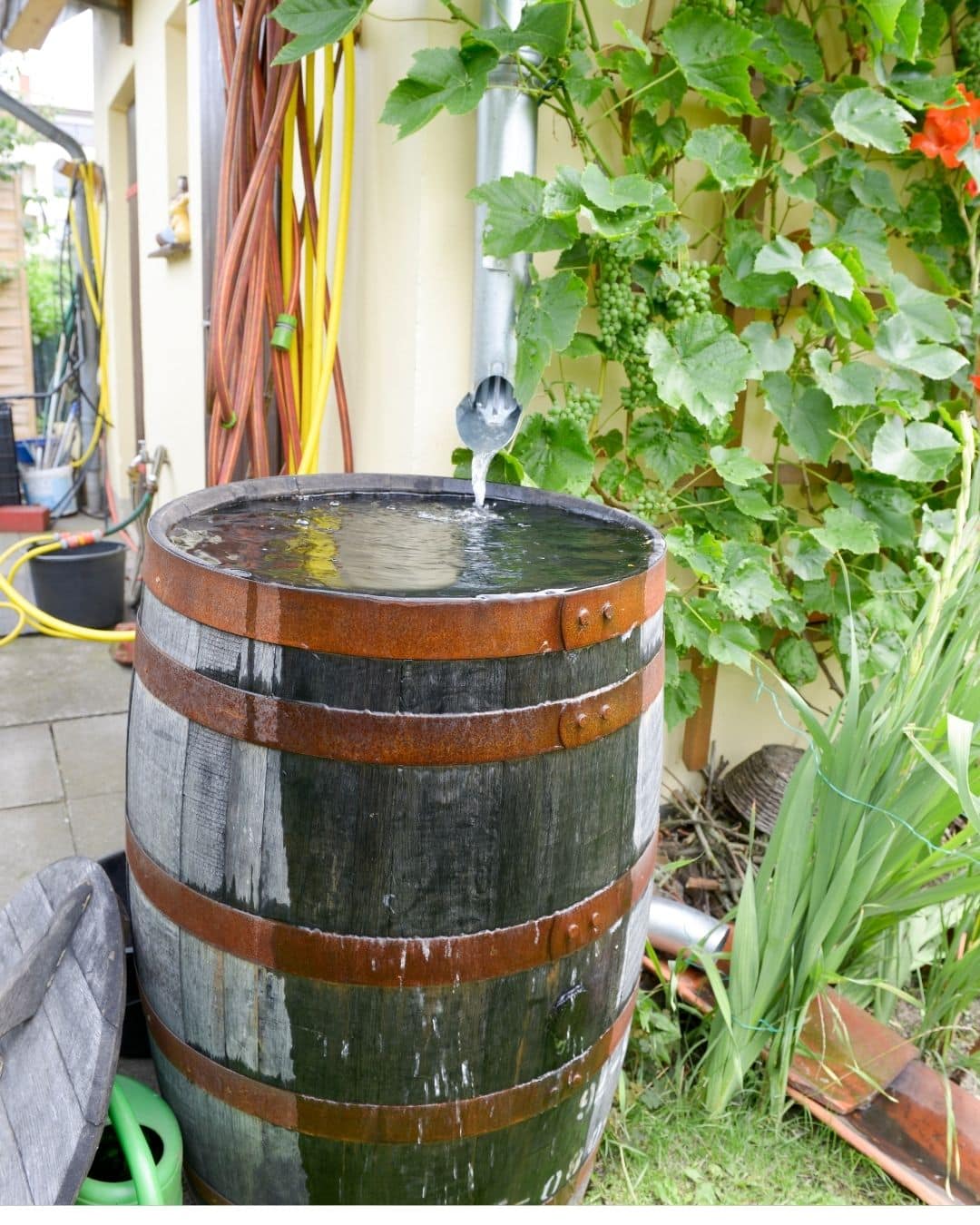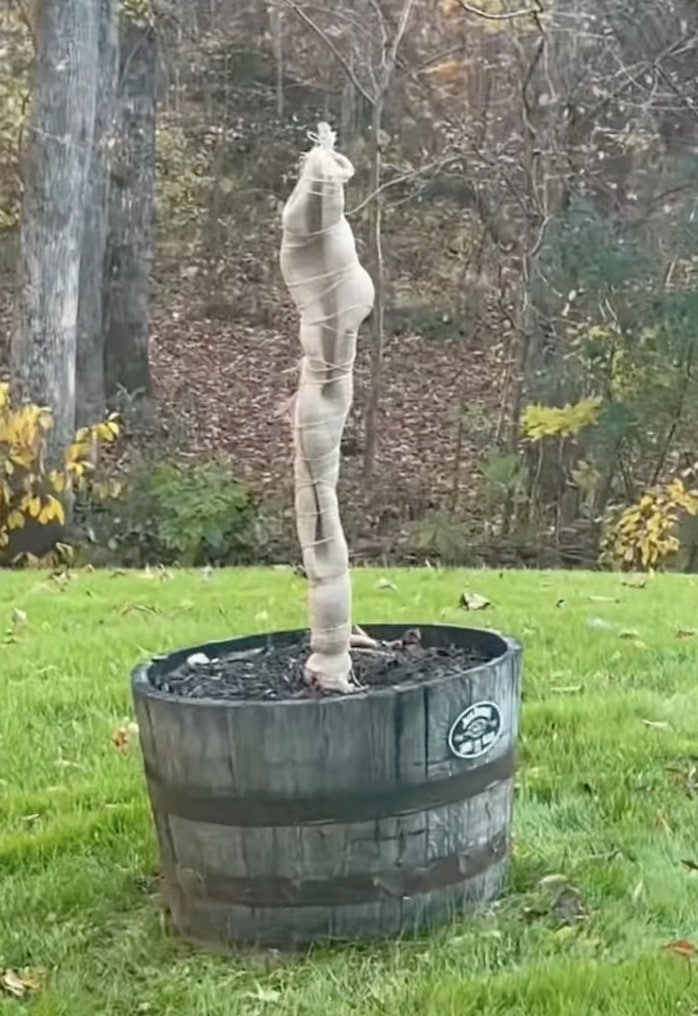Remember the way Grandpa wandered through his garden at sunrise, hands deep in the soil, humming to himself? He didn’t need fancy gadgets or pricey chemicals. He relied on simple, time-tested tricks that made plants thrive year after year.
These are the same methods you can start using today—no green thumb required.
Let’s dig into these 19 old-school gardening hacks that still work like a charm.
1. Brew Compost Tea
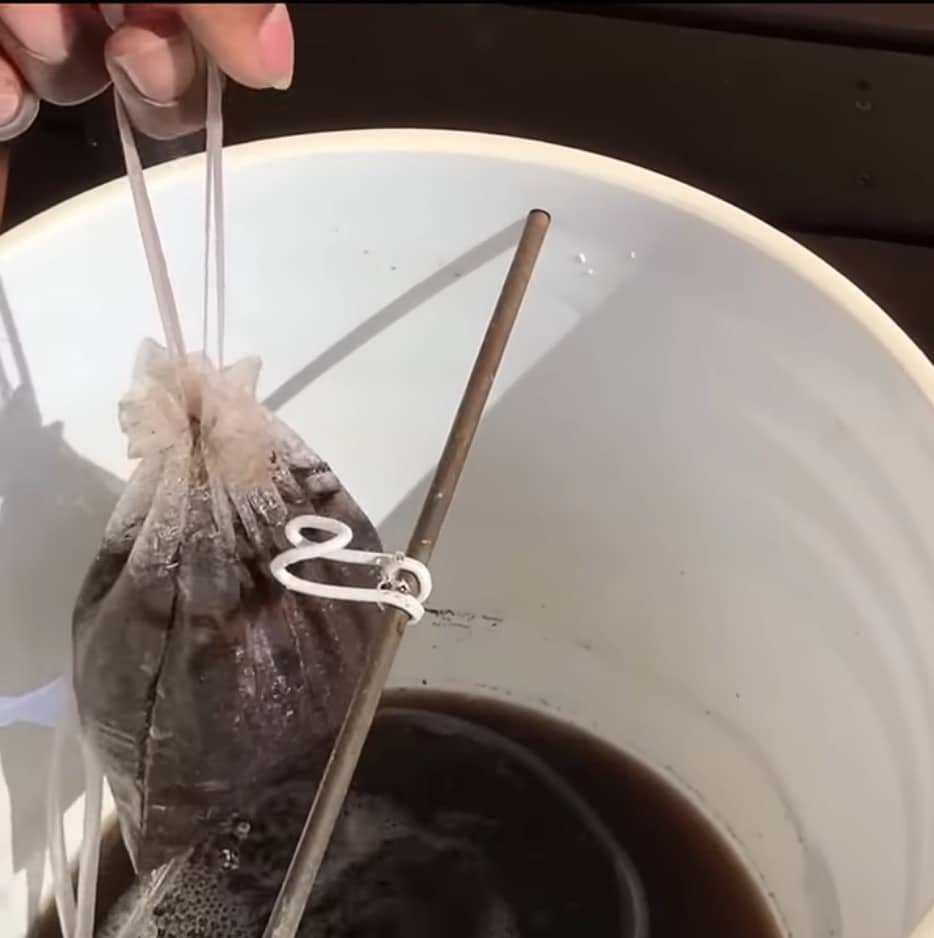
You know how Grandpa always had that murky bucket of “tea” by his shed? He’d toss a shovelful of compost into a mesh bag, fill it with water, and let it steep for a few days. After straining, he’d dilute it and water his seedlings with the brew.
That cloudy liquid is packed with beneficial microbes that act like a probiotic for your soil, helping plants absorb nutrients and ward off disease.
All you need is old compost, water, and a breathable bag. Stir it once a day, then dilute 1:10 when you water.
You’ll notice greener leaves and stronger stems without any synthetic fertilizers.
2. Crushed Eggshell Mulch
Ever see Grandma cracking eggs into her garden? She knew that crushed shells were more than kitchen waste. Spread rinsed, dried, and crushed eggshells around tomato or pepper plants.
The shells slowly break down, releasing calcium to prevent blossom-end rot. They also create a rough barrier that deters slugs and snails from munching on tender greens.
Just save your shells, rinse off any egg residue, let them dry, then crush them with a rolling pin. Scatter a thin layer over the soil edge every few weeks for continuous protection.
3. Coffee Grounds Boost
Grandpa was a coffee fiend, and he never threw those grounds away. He sprinkled spent coffee grounds around acid-loving plants like azaleas, blueberries, and rhododendrons.
The grounds lower soil pH slightly and add organic matter, improving drainage and aeration.
You can also mix them into your compost pile for an extra nitrogen kick.
Just avoid piling them too thickly—they can compact and repel water. A thin layer or a light stir-in does the trick, and your acid lovers will thank you with bigger, more vibrant blooms.
4. Newspaper Weed Barrier (Sheet Mulching)
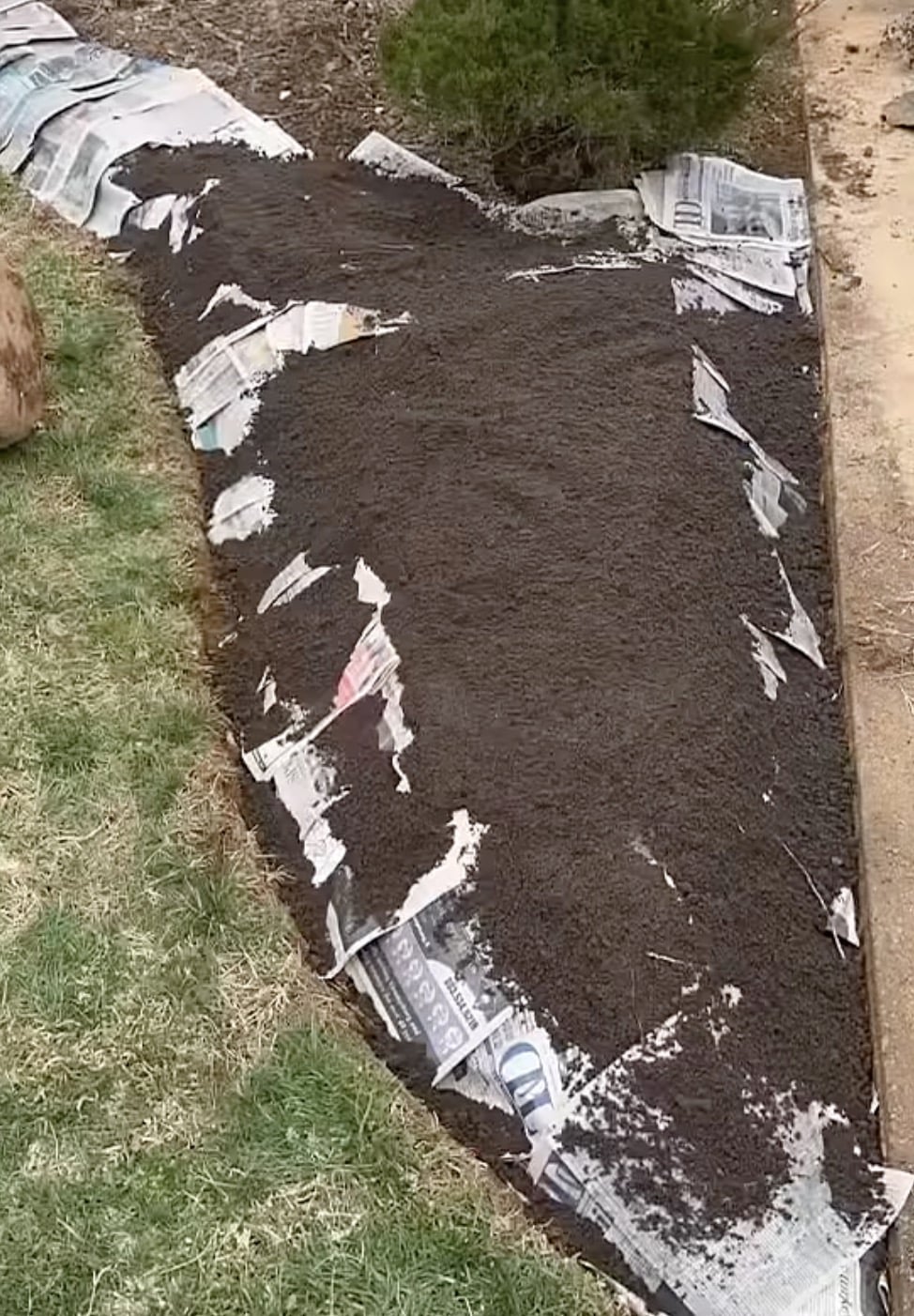
She overlapped the pages by a few inches, then tacked them in place and covered them with straw or bark.
That simple barrier blocks sunlight and makes it hard for weeds to sprout, yet it still lets water and air through. Over time, the paper decomposes, enriching the soil.
Next time you plant rows of veggies or shrubs, slide in a few newspaper layers under your mulch. It’s free, biodegradable, and keeps chores to a minimum.
5. Milk Spray for Fungal Control
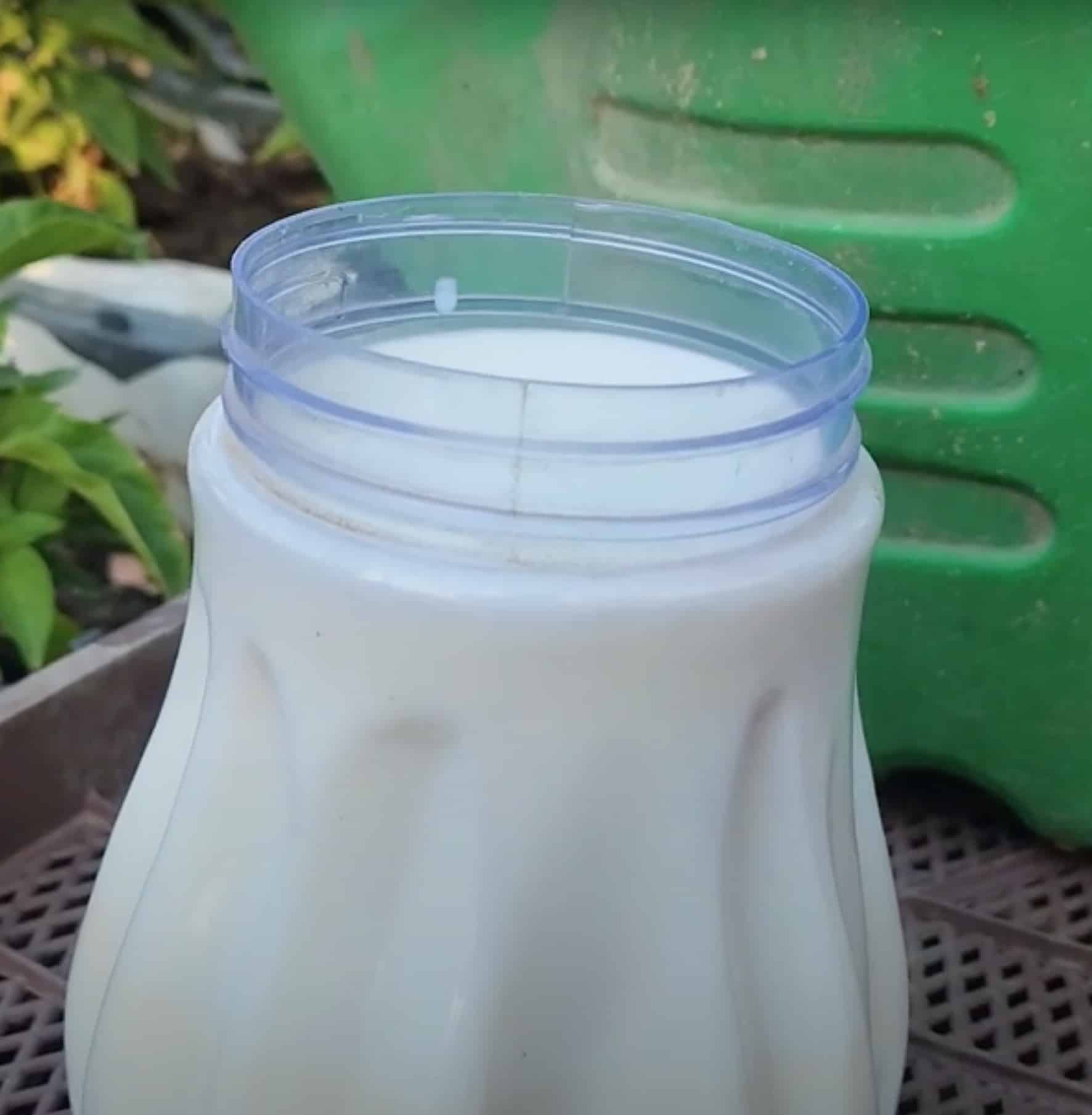
The proteins in milk seem to create an environment that fungal spores can’t tolerate.
It’s a gentle, edible solution, safe for kids and pets. You’ll want to test it on a few leaves first to watch for any sunburn in intense heat.
If it works for you, repeat every seven to ten days and after heavy rain. Your cucurbits will stay cleaner without harsh fungicides.
6. Beer Traps for Slugs
Slugs can decimate young lettuce overnight. Grandpa would bury a shallow container, fill it with cheap beer, and let the slugs find their own way in.
They’re attracted to the yeast, slip inside, and can’t crawl back out. Empty and refill every couple of days, especially after rain.
It’s not glamorous, but it’s effective and hands-off. Place traps near the plants you care about most, and you’ll cut slug damage dramatically—no chemicals needed.
Just keep the dish shallow so other critters don’t get in trouble.
7. Epsom Salt Drench
When tomato leaves looked pale or stunted, Grandma stirred a tablespoon of Epsom salt into a gallon of water and poured it around each plant.
The magnesium helps with chlorophyll production and uptake of nutrients like phosphorus.
It’s the same Epsom salt you find in the bath aisle—non-toxic and cheap. Repeat once a month during the growing season.
You’ll see stronger stems, darker foliage, and maybe a few extra fruit clusters. It’s an easy pick-me-up for your solanums.
8. Banana Peel Potash
Bananas aren’t just a healthy snack—they’re a great source of potassium for roses and fruiting plants.
Grandpa dried his peels in the sun, crushed them into bits, and dug them into the soil around his rose bushes.
Potassium promotes flower and fruit development, and the peels add organic matter as they break down.
If you don’t want to wait, you can soak fresh peels in a jar of water for a week, then strain and use the “banana tea” to water thirsty plants.
It’s a sweet way to reduce kitchen waste and boost blooms.
9. Vinegar Weed Killer
When weeds overwhelmed the walkway, Grandma grabbed a spray bottle of plain white vinegar and misted the leaves on a sunny day.
By afternoon, most annual weeds wilted and browned.
The acetic acid dries out the foliage, and the sun amplifies the effect. Aim for young weeds for best results, and avoid spraying on windy days—you don’t want to harm nearby flowers.
Repeat every week or so until the beds look clean. It’s a vinegar solution you already have in your pantry.
10. Wood Ash Calcium
After the fireplace cooled, Grandpa scooped out wood ash and sprinkled it sparingly over his brassicas and fruit trees.
Wood ash contains calcium carbonate and potassium, helping raise pH in slightly acidic soils while feeding plants.
Don’t overdo it—too much can make soil too alkaline. A light dusting every couple of months works wonders.
Just be sure to avoid ash from treated wood or painted surfaces.
Natural hardwood ash can turn a sour patch of soil into a thriving bed of broccoli or apples.
11. Homemade Insecticidal Soap
Spotted aphids on your beans? Grandpa mixed a teaspoon of pure castile soap into a quart of water, poured it into a spray bottle, then gave his plants a gentle bath.
The soap breaks down insect exoskeletons without harming most beneficial insects.
Spray early morning or evening to avoid leaf burn. Rinse foliage with clear water after a day or two to prevent soap buildup.
Use regularly until pests subside, and watch your legumes bounce back with fresh, unchewed leaves.
12. Garlic Oil Repellent
To keep beetles and caterpillars at bay, Grandma crushed a few garlic cloves, steeped them in oil overnight, then strained and mixed the infused oil with water and a drop of dish soap.
The garlicky spray repels many chewing insects and is gentle on pollinators.
Apply at the first sign of pests, and reapply after rain. It smells strong at first but dissipates quickly.
You’ll feel good knowing you’re using a natural remedy that’s kinder to soil life and the environment.
13. Marigold Companion Plants
Grandpa always tucked bright marigolds among his tomatoes and peppers. He knew their scent repels nematodes and some insects that harm roots and foliage.
Plus, those cheerful blooms bring in beneficial pollinators like bees. Plant marigolds in borders or directly in vegetable rows—it costs almost nothing and adds color.
They bloom all season with a bit of deadheading, and their protective presence reduces pest pressure on your edibles.
It’s a win-win of beauty and utility.
14. Basil by the Tomatoes
Grandma insisted on planting basil right next to her heirloom tomatoes.
She swore it improved flavor and kept flies and mosquitoes away when she watered.
Though the flavor boost is up for debate, basil’s strong aroma really does repel some pests. And having fresh pasta sauce herbs within arm’s reach is its own reward.
Just pinch blossoms to encourage leaf growth, and harvest regularly. The proximity means you’ll grab both basil and tomatoes in one trip—fresh caprese, anyone?
15. Rotate Your Crops
Every fall, Grandpa sketched his vegetable plan on paper, making sure no family of plants grew in the same plot two years in a row.
Rotating crops stops soil-borne diseases and balances nutrient use.
Legumes one year, heavy feeders like tomatoes the next, then root crops and greens.
Over three to four beds, you’ll break pest cycles and keep soil healthier.
It takes a bit of planning, but you’ll spend less time battling blight and more time enjoying bumper harvests.
16. Straw Winter Mulch
When the first frost hit, Grandma piled straw around her strawberries and perennials. She said it was like tucking them into a cozy blanket.
The loose straw keeps soil temperature steady and prevents heaving when freezes thaw.
In spring, she gently pushed the straw aside so new shoots could rise. Avoid hay (seeds!) and choose clean straw.
A thick layer—about four inches—will survive winter winds and give your plants a cushioned start come April.
17. Grass Clippings Mulch
After mowing, Grandpa let his grass clippings dry in the sun, then used them to mulch around his lettuce beds.
The clippings lock in moisture, keep soil cool on hot days, and slowly break down to add nitrogen.
Just be sure they’re dry to prevent matting and odor. Spread a thin layer—no more than an inch—so air can still circulate.
Every mow becomes a free feeding and watering system, perfect for shallow-rooted veggies.
18. Rain Barrel Collection
Grandpa caught rainwater off his roof with a simple barrel and downspout diverter. On dry days, he’d hook a watering can or hose to the spigot.
Rainwater is softer and free of chlorine or minerals, making it ideal for thirsty plants.
Position the barrel near beds to save steps and reduce runoff. Add a mesh screen to keep mosquitoes out.
Next time you see a storm cloud, imagine filling your barrel instead of your wallet—every drop helps your garden and the planet.
19. Burlap Frost Wrap
On chilly spring nights, Grandma would drape burlap cloth over young shrubs and tender seedlings. She’d secure it with clothespins or stones so it wouldn’t blow away.
Burlap breathes, so it doesn’t trap moisture and mold like plastic can. It gives plants a few degrees of protection against late frosts. In the morning, she removed it before the sun grew too strong. Keep a length of burlap handy in early spring and fall—your sensitive plants will thank you when Jack Frost stops by unannounced.
Are you still here? Thanks for reading!
Which of these time-tested tricks are you excited to try first? Let Grandpa’s wisdom guide your green thumb, and you’ll be amazed at how simple habits can make your garden flourish.
Last update on 2025-06-05 / Affiliate links / Images from Amazon Product Advertising API
